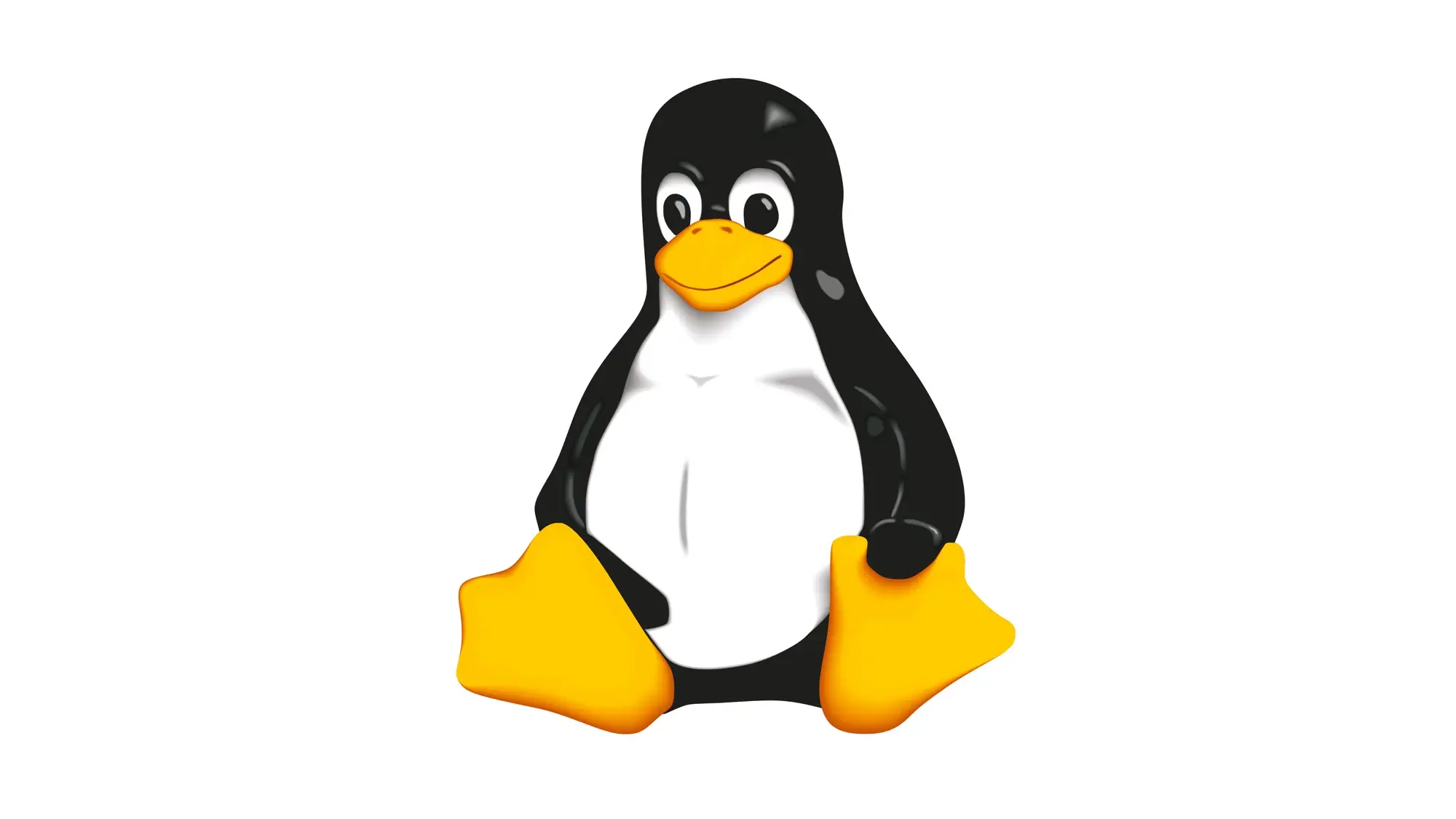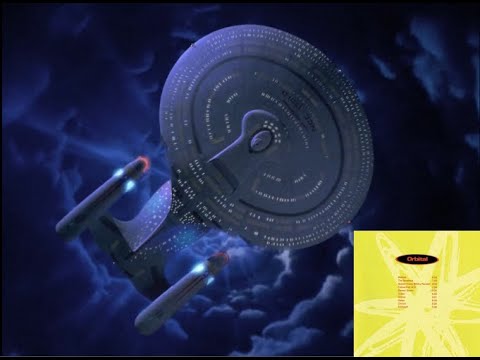f00f/eris
Here to follow content related to Star Trek, Linux, open-source software, and anything else I like that happens to have a substantial Lemmy community for it.
Main fediverse account: @f00fc7c8@woem.space
- 4 Posts
- 132 Comments

 921·22 days ago
921·22 days agoGoing by their Mastodon account, seems they were erroneously detected as “from a US-sanctioned region” and it took too long for said error to be resolved, so they just made the switch.

 12·2 months ago
12·2 months agoI’m not a classic Linuxer (I switched in 2015) but I did once try Mandrake out of historical curiosity. From what I hear it was the recommended “beginner-friendly” distro before Ubuntu came out. And based on how hard it was to get working on a VM, I now understand why classic Linuxers talk about Ubuntu like it was this huge sea change.

 3·2 months ago
3·2 months agoI’d say they all offer different types of customization. It’s less a matter of how much you can do, and more a matter of what you want to do and how much time you’re willing to spend working on it. KDE is for people who want to customize their desktop, and want it to be easy to do so. GNOME is for people who just want something that works, but it still offers a lot of customization, it’s just not as well-supported (their philosophy is “if theming breaks an app, it’s not our fault”).
KDE doesn’t support full CSS customization on its own, but there are theming engines like Kvantum and QtCurve that address the limitations that arise from this. I’d say it’s on almost equal footing with GNOME in that regard, since both GTK4+libadwaita and Qt6+KF6 are designed for color scheme customization, but require various workarounds and obscure settings for anything more than that. If anything the workarounds are easier in KDE.
Similarly, KDE supports layout customization through widgets and graphical menus. GNOME also supports layout customization, but through extensions instead.
And then you can do all of the above and more if you use a window manager, or an LXDE/LXQt-style desktop that lets you disable or replace all its components in settings - just mix and match components like panels, file managers, display managers, polkit agents, etc. You can basically build your own DE that way, and it doesn’t get much more customizable than that. But maybe you don’t want to spend your time choosing every component of your custom DE. That’s what something like KDE is for.

 2·7 months ago
2·7 months ago“I can’t stop the heterocyclic declination!” (TNG: “Samaritan Snare”)

 5·9 months ago
5·9 months agoI hope whatever remedies the court decides upon to weaken Google’s monopoly end up helping Firefox, otherwise it’s just making Google a bigger monopoly. But this case was mostly about search, and I don’t really trust the Justice Department or the courts to be this keenly aware of the state of web browsers.

 1·9 months ago
1·9 months agoLibreOffice has opened every DOC(X) the school has sent me, albeit imperfectly, and all assignments are turned in as PDFs, which I usually make using Markdown and LaTeX. I have had to use Office 365 for collaboration, but only about twice a year, and that runs very smoothly in Firefox. On one occasion I tried to collaborate with CryptPad, but it didn’t work as well as I hoped.
Most computer labs at my uni run Windows 10, rarely 11, but a lot of the science labs run Linux. A surprising amount of the software required for classes has been open-source, too.
The most frustrating thing has been the lockdown browser used for some exams. My university library has computers I can borrow for exams, but yours might not, and they detect VMs, so you might have to dual boot for that.

 14·9 months ago
14·9 months agoFrom what I’ve heard uBlock Origin Lite only barely falls short of the ad-blocking coverage that regular uBO offers, so there will still be options for Chrome users after this happens, not to mention the multitude of alternative browsers and app stores for Android.
I still think that making Linux phones a viable alternative is very important, but it’s not significantly more important now than it was a month ago.

 2·9 months ago
2·9 months ago“Move Along Home” would work so much better as a Doctor Who episode. Has a kind of absurdity that is perfect for Who, but stands out in a bad way in Trek.

 6·9 months ago
6·9 months agoNiccolo Ve did a pretty comprehensive summary of all his problems recently: https://inv.tux.pizza/watch?v=mhqeuO9RKKk
He’s been on a right-wing, transphobic, anti-woke downward spiral for years now.

 1·9 months ago
1·9 months agoFor a while I daily drove a Purism Librem 14 with Debian’s fully free kernel, and installed as few non-free packages as possible, including firmware blobs (which I didn’t install any of until I decided I needed Bluetooth). My experience with gaming was generally fine.
With linux-libre you really have to buy your hardware specifically with support in mind. You’re limited to Intel and non-bleeding-edge AMD graphics cards, a very small range of wifi cards, and no Bluetooth. Otherwise, video games should work as well as they would on any other computers with the same specs. Especially if you’re also limiting yourself to games with free engines - I’m not aware of a single libre game that demands more than a modern Intel integrated graphics card can provide, even on high settings.

 81·9 months ago
81·9 months agoYeah, it’s fake, and as other commenters have pointed out, it’s also inaccurate to how the GPLv2 works. It was not meant to convince anyone.

 41·9 months ago
41·9 months agoI came across a bunch of those recently, which is how I came up with the idea for this, as a parody :)
Internet horror is disappointingly un-creative. I have no idea why the weakest works (sonic.exe, anti-piracy, kill screens) always end up becoming huge trends, or why so few people try to put a significant twist on said trends.

 61·9 months ago
61·9 months agoThis sounds like the Wayland compositor is crashing. Some troubleshooting steps that might help to narrow down why:
- Make sure all system packages are up to date (
sudo dnf upgrade) - Next time this happens, run
sudo dmesgandsudo journalctl -abas soon as possible and post the last 30 lines or so of the output of each here. It might help explain the cause. - If all attempts at solving the issue fail, from the gear menu on the login screen, select “GNOME on X11”. This session may lose some functionality, but is less likely to crash in the same way.
- Make sure all system packages are up to date (

 251·9 months ago
251·9 months agoTons of companies are shipping Linux without giving users access to the source code, it’s just that only one has the term “Tivoization” named after it.

 16·9 months ago
16·9 months agoThis article seems to assume that advertisers don’t want our identifying information, and are clamoring for an alternative to tracking that lets them measure ad performance anonymously, which is just not true. Being able to uniquely identify users and target them is a feature, and getting more data points from the browser just helps add to their profiles.
I’m not averse to trying new foods, but I have strong aversions to certain foods that I have tried. If I have a bad experience with one food, I will not be willing to try it again for a very long time, possibly ever. And if I have a good experience with one food, and it is easily available to me, it will remain in regular rotation for a very long time.
Assuming you mean the Beelink S12 (which is the first thing that comes up in a search for “n100 mini pc”), that’s quite similar to my own computer specs, which can run just about any distro, with enough resources to spare for a VM or two. I don’t think it’s necessary to go really lightweight or pick something special. If there’s a distro you’re already familiar with and know you can do all of those things on, install that.
If you like Garuda, you could always try a different Arch spin which is lighter out of the box, like CachyOS or EndeavourOS.





Just as long as it isn’t a .rar.